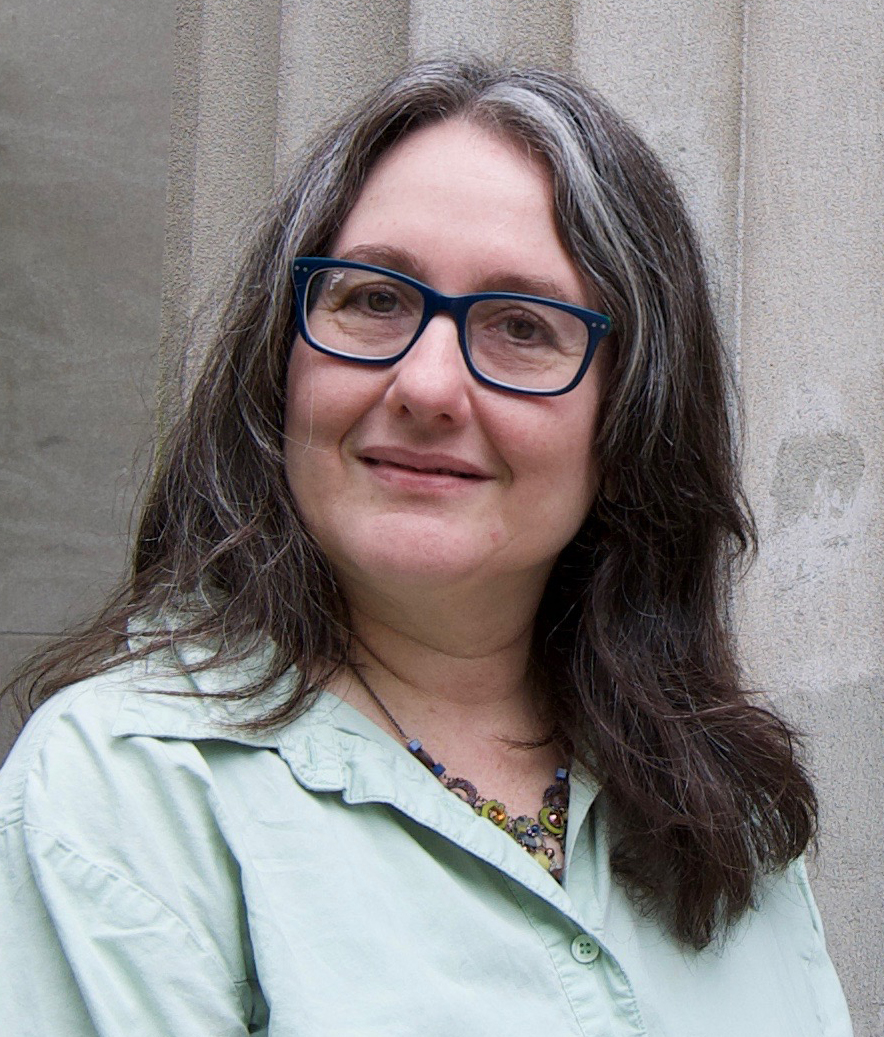
We talk to Professor Seidman about her project and the course it inspired, "Performance, Gender, Religion” (RLG415H1).
Chancellor Jackman Professor in the Arts Naomi Seidman holds an SSHRC Insight Grant for her project “Performing Orthodox Jewish Girlhood”, which involves researching Bais Yaakov, an established network of girls’ schools for Orthodox Jews. (Professor Seidman herself attended one of these schools in New York.) The Bais Yaakov Project website is dedicated to preserving knowledge about the movement and its founder.
Tell us more about this network of schools
There are about 1300 of these “Bais Yaakov” schools in 13 countries. It isn’t actually a formal organization, and very few of them are on the internet in any way. What they have in common is how they were founded. The first of these schools for Jewish girls was established in 1917 by Sarah Schenirer, a Polish seamstress in Krakow with an eighth-grade education. Within 15 years there were hundreds of them all around Poland and by the 1930s it was an international system. The students consider themselves sisters and daughters of Sarah Schenirer, and at her grave site in Krakow on any given night there will be women praying and dancing.
How did you become interested in the movement?
I stumbled on this project – despite the fact that I grew up in this world, and attended a Bais Yaakov school myself, I’d never considered writing about it at all. A few years ago, I was in Poland with a group of students on a study trip during a Jewish culture festival, and I saw a group of Bais Yaakov girls in the courtyard of a cemetery in Krakow. (I later learned this was a pilgrimage site for Bais Yaakov in the interwar period.) I had forgotten that that was where the movement started, and I was just really curious to see a group of ultra-Orthodox adolescent girls travelling unchaperoned. I asked them if they were there for the festival and they said no, they hadn’t even realized there was a festival. They were there, they said, to visit the grave of a woman who founded their school system, and they were very surprised when I mentioned Sarah Schenirer, with whom of course I was very familiar since I went to a Bais Yaakov school.
Over the following year I researched the movement and ended up writing a book about its interwar origins, Sarah Schenirer and the Bais Yaakov Movement: A Revolution in the Name of Tradition (2019, Oxford University Press). In that book, I didn’t discuss what happened to the movement after the Holocaust, nor the role of performance in Bais Yaakov.
When I began that work, there were no books about the system – or so I thought. As I was writing, I discovered the touching coincidence that my late father, Dr. Hillel Seidman, had written a book about it in Polish in the 1930s. As a subsequent immigrant refugee and survivor in New York, however, his PhD in history hadn’t been of practical use and he became a journalist. It is gratifying that of the two academic books published about the school system the other is by my father.
On what aspect of Bais Yaakov are you focused?
Specifically, my research is into the performance culture of this school. Despite its ultra-Orthodox context, it's a theatre-crazy environment. I have discovered that Sarah Schenirer herself wrote at least six plays and girls would clamour to be allowed to go to the school just because they wanted to be in the plays. These days it’s not only plays, it's also movies. One of the things that distinguishes this whole performance culture is that men are not allowed to watch it or be there at rehearsals, unless special permission is given to them if they're doing technological work. We’re talking professional quality filmmaking here, and even camps where girls go to make films. Plays that have many male roles are particularly prized: this is the one opportunity for girls to dress as, to perform as, boys. Biblical plays are very popular and the most popular of them all is the story of Joseph and his brothers.
I became interested in the performance aspect as I began to notice that the Shoah Foundation’s Holocaust survivors’ oral histories would sometimes mention “the plays” when talking about the Bais Yaakov experience, and that would quite suddenly very much animate the interview. It turned out that rehearsals can go on for months, sometimes for years – there are schools that put on a play every other year because one year doesn’t allow enough time to prepare. These can be very elaborate productions indeed. Everybody has a part, there is singing and dancing, and tickets are expensive. These plays are also put on at a community theatre level, by middle-aged women who are themselves graduates of Bais Yaakov. One fascinating aspect of the movement is that it spans all levels of orthodoxy, so these activities include Hasidic as well as non-Hasidic populations. The girls experience a less ‘strict’ life than boys, in a sense, since much more is expected from the males in terms of religious dictates. Performance is quasi-secular for the girls, and one element that results in their being more acculturated generally.
How does the course RLG415H1, “Performance, Gender, Religion”, relate to the Bais Yaakov Project?
The class is organized around my research: as well as watching videos of productions, we also read on performance theory and gender theory. Participants include those who grew up within the system, learning how to talk about it theoretically from a performance and religious studies perspective. Others more familiar with performance and religious studies are going to be learning about the existence of this girls’ school.
The Bais Yaakov Project website has been established to collect, preserve and digitize material related to the movement. Part of the class is this immersion in digital humanities, contributing to the website’s work. There is an abundance of materials being submitted for inclusion, all of which must be assessed, of course. There is at least twice as much material beyond what has already been looked at that has yet to be gone through. There is ever more work to be done, but I am fortunate that there is such a rich seam of archive material to be mined in telling this fascinating – and ongoing – story.


